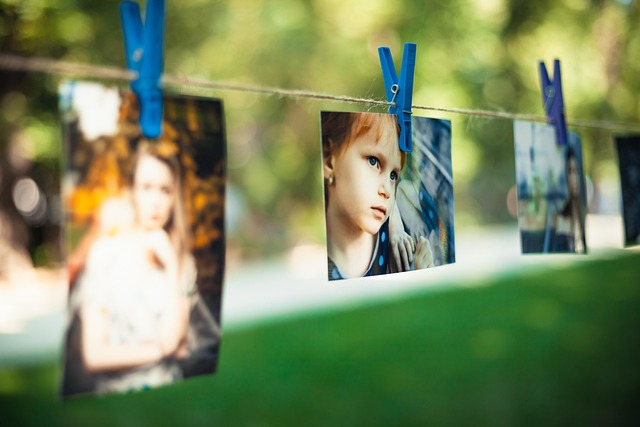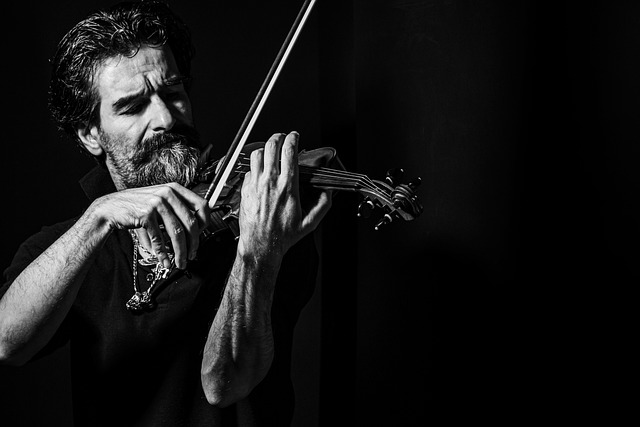In the realm of fine art photography, the role of filter effects transcends mere technical enhancement; it emerges as a profound cultural commentary that reflects the zeitgeist of our times. The ability to manipulate light, color, and texture through filters not only transforms an image aesthetically but also imbues it with deeper narratives that resonate across different cultures.
Throughout history, artists have sought ways to alter perception, often using natural elements to craft their vision. Today, the digital realm introduces an unprecedented level of control, enabling photographers to emulate traditional techniques or forge new paths entirely. This creative process can evoke emotion and provoke thought, suggesting not only a scene but a story that is inherently tied to cultural contexts.
Consider how the application of a vintage filter can transport viewers to a bygone era, invoking nostalgia and drawing on collective memories that shape individual experiences. This kind of filter effect speaks to a cultural longing for authenticity in an age dominated by instant gratification. By softening edges and warming colors, photographers summon emotional responses that connect the viewer to a specific time and place, allowing them to feel a part of that narrative.
Moreover, filters illuminate the peculiarities of contemporary society. A bold, high-contrast filter might reflect the frenetic pace of urban life, while a softer, pastel-filtered image can embody tranquility and introspection found in nature. Each choice serves as a cultural artifact, a glimpse into the photographer’s mindset and the societal undercurrents influencing their work.
Fine art photography also serves as a mirror to today’s cultural dialogues. The proliferation of social media platforms has democratized art, allowing diverse voices and perspectives to emerge. Filters, once viewed primarily through a commercial lens, have taken on new meaning as artists experiment with aesthetics to express cultural identity, political views, and social commentary. Each filter effect chosen is not just an artistic decision; it is a reflection of the artist’s place in the world, echoing their experiences and the cultural narratives that shape them.
The interplay between fine art photography and cultural expression is a dynamic partnership. It invites viewers to engage with the images on a personal level, interpreting them through the lens of their own experiences and backgrounds. In this context, filter effects become potent tools for storytelling, weaving complex tales that entwine the artist’s perspective with those of their audience.
As we explore the influence of filter effects on fine art photography, it is essential to recognize that every photograph carries with it not just the aesthetic choices of the artist but also the cultural significance of those choices. With each filter applied, we embark on a journey that traverses the boundaries of art, culture, and humanity, inviting us to look beyond the surface and engage with the stories that lie beneath.




